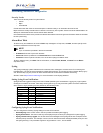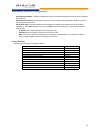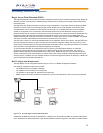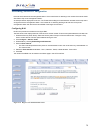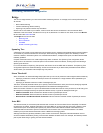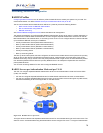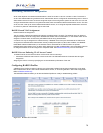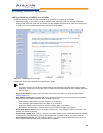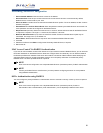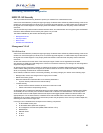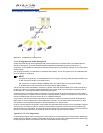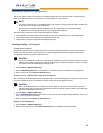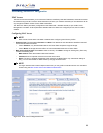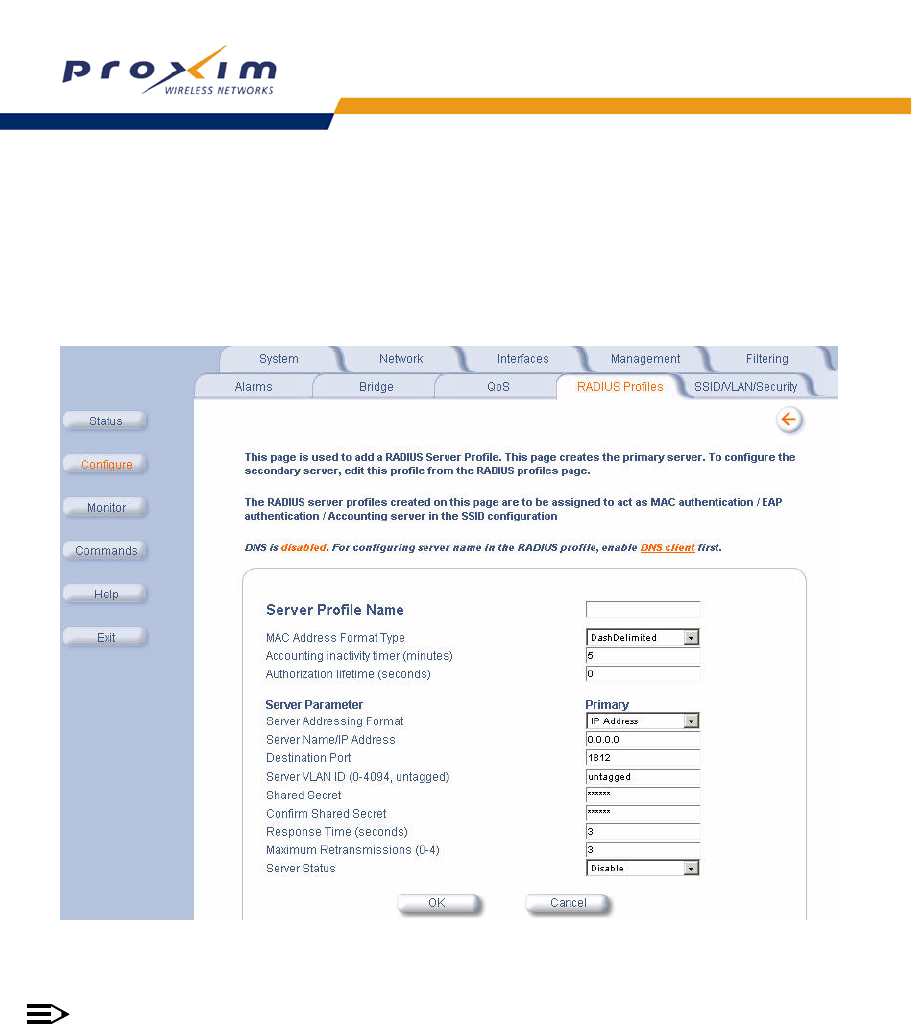
80
Performing Advanced Configuration
Adding or Modifying a RADIUS Server Profile
Perform the following procedure to add a RADIUS server profile and to configure its parameters.
1. Click Add to create a new profile. To Modify an existing profile, select the profile and click Edit. To delete an
existing profile, select the profile and click Delete. You cannot delete a RADIUS server profile if you are using it in
an SSID. Also, the four default RADIUS server profiles cannot be deleted.
Figure 4-22 Add RADIUS Server Profile
Configure the following parameters for the RADIUS Server profile:
NOTE
This page configures only the Primary RADIUS Server associated with the profile. After configuring these
parameters, save them by clicking OK. Then, to configure the Secondary RADIUS Server, edit the profile from
the main page.
• Server Profile Name: the profile name. This is the name used to associated a VLAN to the profile. Refer to
SSID/VLAN/Security.
• MAC Address Format Type: This parameter should correspond to the format in which the clients’ 12-digit MAC
addresses are listed within the RADIUS server. Available options are:
• Dash delimited: dash between each pair of digits: xx-yy-zz-aa-bb-cc
• Colon delimited: colon between each pair of digits: xx:yy:zz:aa:bb:cc
• Single dash delimited: dash between the sixth and seventh digits: xxyyzz-aabbcc
• No delimiters: No characters or spaces between pairs of hexidecimal digits: xxyyzzaabbcc
• Accounting Inactivity Timer: Enter the accounting inactivity timer. This parameter supports a value from 1-60
minutes. The default is 5 minutes.
• Authorization Lifetime: Enter the time, in seconds, each client session may be active before being automatically
re-authenticated. This parameter supports a value between 900 and 43200 seconds. The default is 900 sec.
• Server Addressing Format: select IP Address or Name. If you want to identify RADIUS servers by name, you
must configure the AP as a DNS Client. See DNS Client for details.



